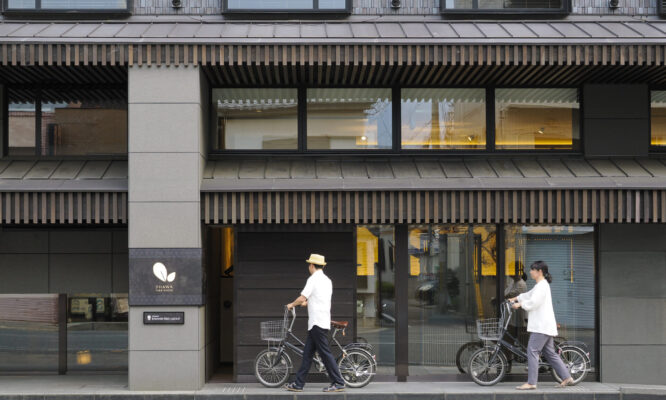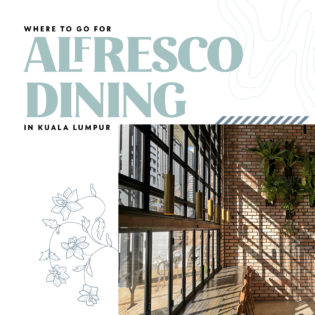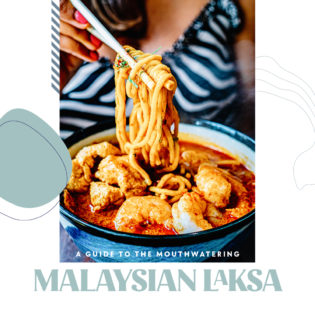Malaysian chef shares her passion for Indian Muslim food in San Francisco.
Words Vincent Vichit-Vadakan Photography Vanessa Vichit-Vadakan

Azalina Eusope never set out to cook for a living. Even though she is the fifth generation of a family of Penang street vendors from the Indian Muslim community that traces its roots back to Sri Lanka and Southern India, she spent much of her youth wanting to break away from that heritage.
She was raised by a grandmother who sold nasi lemak on the street, the coconut rice that is a national dish of Malaysia. Every morning, the children were assigned a specific task in the kitchen to prepare the little bundles. It was hard work for little pay. “Cooking is a skilled art that develops from loving it passionately,” she says. But for her family with modest means, “it was also a way of survival.”
“When we were growing up, we didn’t have a refrigerator,” she recalls. She had to learn to pickle and ferment perishable ingredients to preserve them, making things like fermented coconut milk and pineapple pickles that are mouth-watering flavours in her repertoire today. “The Mamak (Indian Muslim) community is well-known for delicious food,” she says proudly.
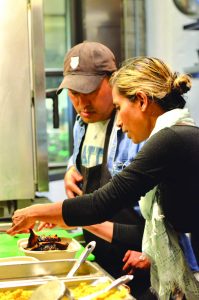
Azalina initially wanted to study medicine. When she found those doors closed, she ended up working abroad. “I left Malaysia for better opportunities.” She worked in hotels and eventually met her husband. They settled in San Francisco.
It didn’t happen immediately, but two factors led her back to the kitchen. She found herself homesick for the tastes of home. And she needed a way to earn an income. The survival mode of her ancestors kicked in.
She started cooking out of her home kitchen, without health and safety permits. “I started selling food to friends, and on quiet streets,” she says. That led to a stand in a farmers’ market. “We were slinging food to help keep a roof over our heads,” she states candidly. She admits that she “did not want to work in the food business” because she knew the hardship involved. But it came naturally. “It was not a hard decision to make. I needed to do something quick to patch a hole in my personal life.”
Despite any misgivings she had, success came, first in the form of more food fairs, concerts and pop-ups, as well as catering gigs for big-name clients, including Airbnb and Twitter. On one occasion, she even cooked for President Barack Obama. Early on, a write-up in Bon Appétit, a leading American food magazine, gave her a welcome boost. Then a buyer from the upscale Whole Foods supermarket suggested carrying some of her products, like kaya, the coconut jam of her childhood, in their stores.
Azalina has an explanation for why the business has grown so quickly. “I think when you are passionate about something, you kick in high gear and opportunities present themselves.” The operation had outgrown her home kitchen, but it took another couple of years before she could move into a 1,400-square-metre commercial kitchen and warehouse space.
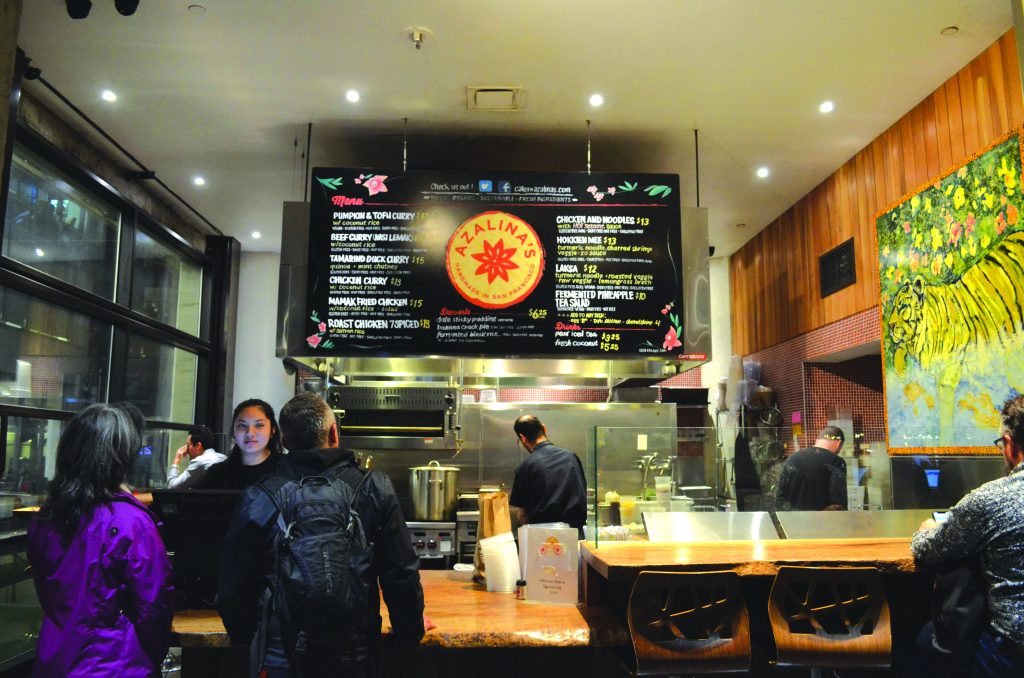
Finally, after years of serving foods from tents, delivering dinners and restocking supermarket shelves in her own car, Azalina’s Kitchen opened in The Market in 2015. The popular casual dining space is in Market Square, known to San Francisco locals as the Twitter Building, a reference to the building’s biggest tenant. Having a public space gave her another platform to reach out to people. “I wanted the lunch counter to tell the whole world about my community, my people, the Mamak people.”
“It was crazy difficult getting customers to try (the food),” she said, laughing. It took a bit of trial and error to strike the right balance between authenticity and local tastes. “We changed our dishes and started serving much simpler Mamak food that was well received.” Today, her most popular dishes are laksa, roasted chicken rice with a slathering of her own chilli sambal (jam), and Mamak fried chicken.
Azalina has tackled the problem of reproducing tastes from home head-on. “We have become urban farmers ourselves as we grow our own herbs and spices hydroponically in our commissary.” But she also embraces less traditional produce like local greens. This occasionally attracts criticism from fellow Malaysians, but she doesn’t take it personally. “We take it with a grain of salt and keep our fire alive,” she says, defending her choices. She hopes that other Malaysians will learn about Mamak food through her too. “It’s a great and exciting challenge.”
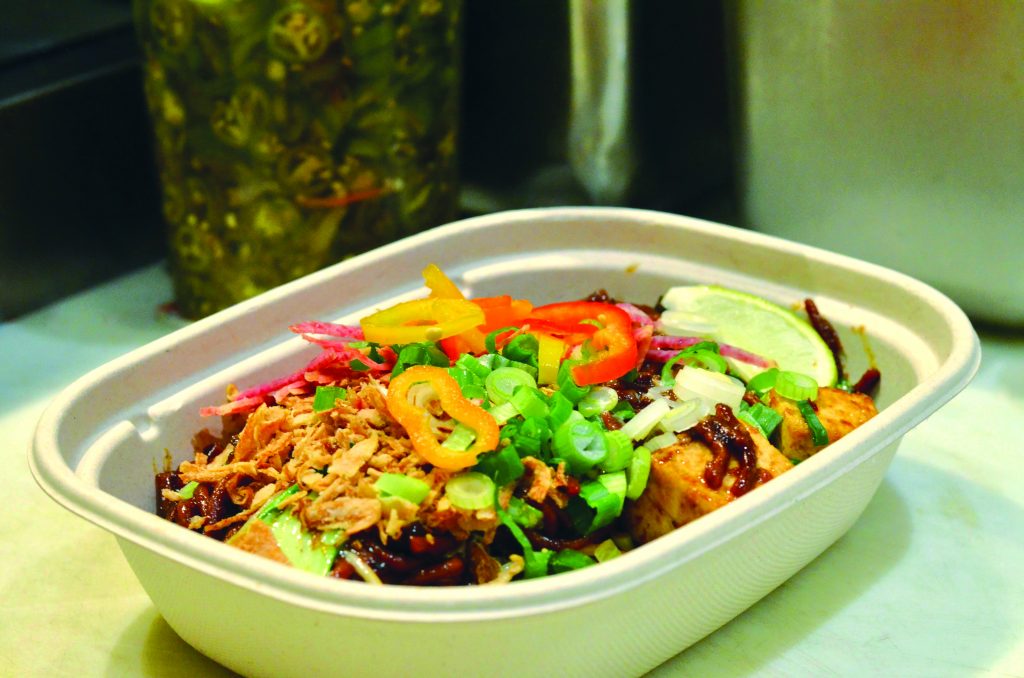
The overwhelming majority of her customers are curious to sample the unfamiliar cuisine. “I am lucky to have my business here in beautiful San Francisco, a melting pot of people from all around the world. Our customers are open-minded and adventurous eaters. We are blessed to have a good following.”
She plans on building on that support, opening two full-service restaurants this year. “2019 is all about growth. Business is just like life: things happen, and we have to restart, change, adapt, be resilient and keep moving.” She’s keeping quiet about the menu for now but expect her to delve deeper into her Mamak roots.
Still, it isn’t always easy being far from family and home. “I truly love Malaysia and my beautiful island,” she says, wistfully. When she goes back, the first thing she does is have her brother take her for Mamak oxtail soup at an open-air night market in Georgetown. “’Its gelatinous, boldly spiced but balanced and thick and meaty. It’s so aromatic, and with one sip, I am regenerated.”
She doesn’t see herself as an ambassador. “I am excited, grateful and humbled to be able to tell the story of Mamak food and culture, but by no means am I trying to be the spokesperson for the community. I just like to share stories about my family.” And it’s a responsibility she takes on gladly.

Cook Like A Chef
Azalina shares her recipe for Mamak fried chicken, one of her best-selling dishes.
Ingredients:
- 4 garlic cloves, chopped
- 4 coriander roots, chopped
- 10 white peppercorns
- 1 tbsp turmeric
- 2 tbsp cumin
- 1 tsp salt
- 1 tbsp fish sauce
- 1 tbsp soy sauce
- 2 tbsp water
- 100g cornstarch or rice/brown rice flour
- 1 egg, beaten
- 500g or 2 large chicken thighs, boned but left whole
- Oil for deep-frying
Method:
- Pound the garlic, coriander roots and white peppercorns in a mortar until smooth.
- Add the dry spices, water, fish sauce and soy sauce to form a paste.
- Marinate the chicken thighs with the paste and leave for at least 30 minutes or overnight.
- Pat the chicken dry, then dredge in starch or flour.
- Dip chicken in beaten egg, then into the flour again. Arrange on a rack.
- Heat oil to 175°C. Fry chicken until golden or about three minutes on each side. Remove and drain.
- Increase heat of oil to 200°C. Fry again until crisp or about one minute on each side. Drain and slice.
*Azalina serves the chicken with her late father’s secret coconut sauce made from reduced fermented coconut milk, a cilantro sauce, a salad made from pineapple acar (pickle) and tea leaf; and nasi lemak (coconut rice), but any sambal or pickle will pair well with this dish.
